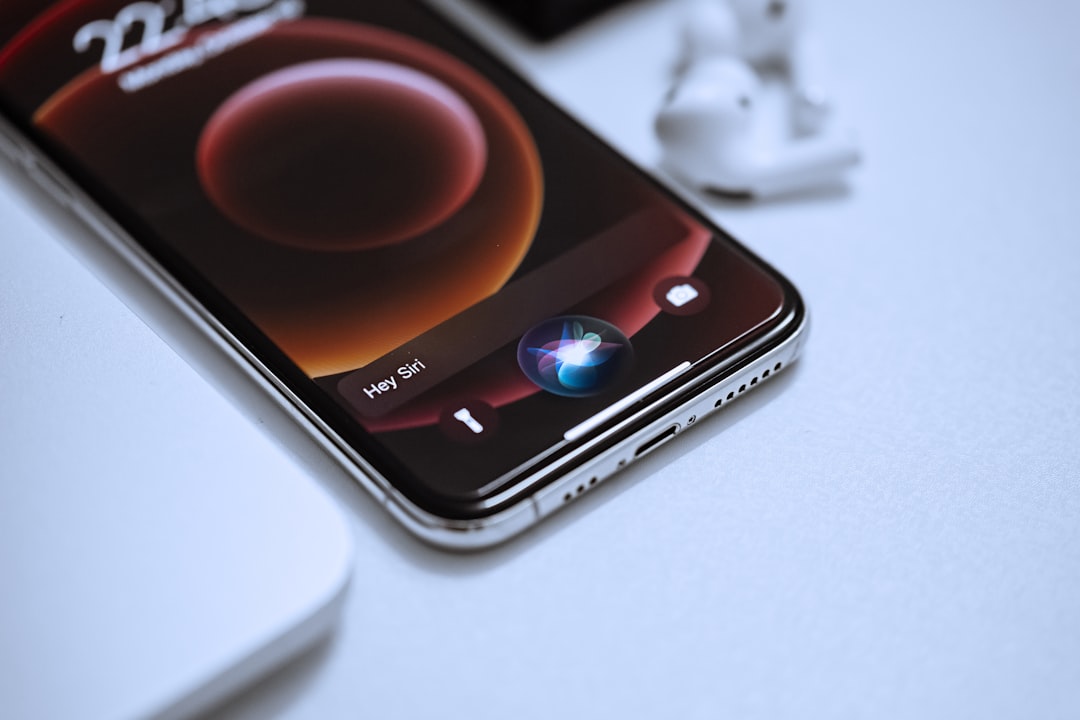Los Angeles implements "Do Not Text" laws to combat distracted driving, a leading cause of accidents in California, by prohibiting drivers from using mobile devices while behind the wheel. Strict penalties and public awareness campaigns have led to reduced texting while driving incidents and safer overall driving habits, enhancing road safety for all.
Los Angeles has joined the national effort to combat distracted driving by enforcing strict “Do Not Text” laws. This comprehensive guide explores LA’s no texting while driving policies, their impact on drivers, and the challenges and successes in ensuring road safety. Understanding these laws is crucial for both residents and visitors alike, as enforcement efforts continue to evolve, aiming to reduce accidents and save lives.
Understanding LA's No Texting Laws

Los Angeles has implemented strict “Do Not Text” laws aimed at improving road safety. These policies prohibit drivers from using mobile devices to send or read text messages while behind the wheel. The initiative is part of a broader effort to reduce distracted driving, which is a leading cause of accidents in the state.
Under these laws, drivers caught texting while driving can face substantial fines and penalties. Enforcement is typically carried out by law enforcement officers who pull over vehicles exhibiting signs of driver distraction. Education and awareness campaigns also play a crucial role in ensuring compliance, as they help drivers understand the risks associated with combining driving with mobile device use.
How Do These Policies Impact Drivers?

The implementation of “Do Not Text” laws in Los Angeles has had a profound impact on driving behavior. These policies aim to curb the dangerous practice of texting while behind the wheel, which significantly increases the risk of accidents and endangers both drivers and passengers. By enforcing stricter penalties for violations, LA has sent a clear message: distracted driving will not be tolerated.
Drivers in Los Angeles now face harsher consequences, including fines and potential license suspension, when caught sending or reading text messages while operating a vehicle. This has led to a greater awareness among motorists about the dangers of texting and driving. Many drivers have adopted safer habits, such as using hands-free devices or pulling over to send messages, ensuring their full attention remains on the road at all times. The impact is evident in reduced accident rates related to distracted driving, making Los Angeles streets safer for everyone.
Enforcing Safety: Challenges and Successes

Los Angeles’ implementation of “Do Not Text Laws” presents a multifaceted challenge in enforcing safety measures on the roads. The primary difficulty lies in the subtle nature of distracted driving, often masked as seemingly harmless activities like adjusting music or navigation settings. Police officers must continuously adapt their strategies to catch drivers engaging in texting while driving (TWD), which requires heightened awareness and prompt response times.
Despite these challenges, the successes are evident. Strict enforcement coupled with public awareness campaigns have led to a significant reduction in TWD incidents. The “Do Not Text Laws” serve as a constant reminder, deterring drivers from taking risks that could endanger themselves and others on the road. As Los Angeles continues to rigorously enforce these laws, the overall driving safety is expected to improve, fostering a culture of responsibility among all motorists.






